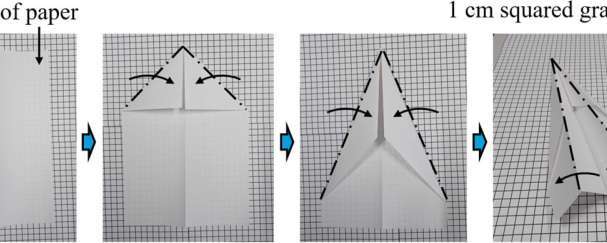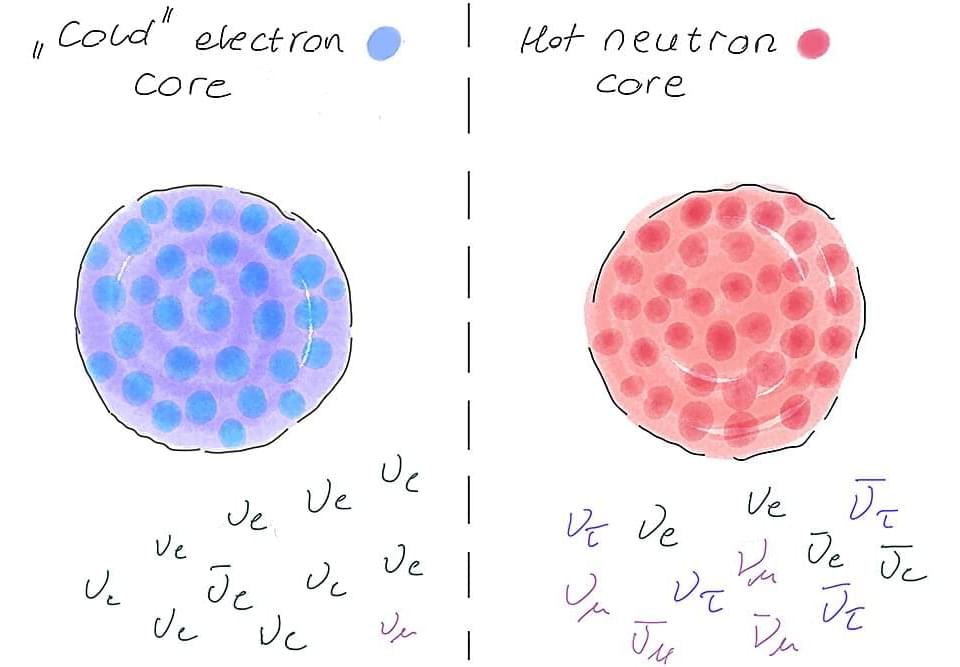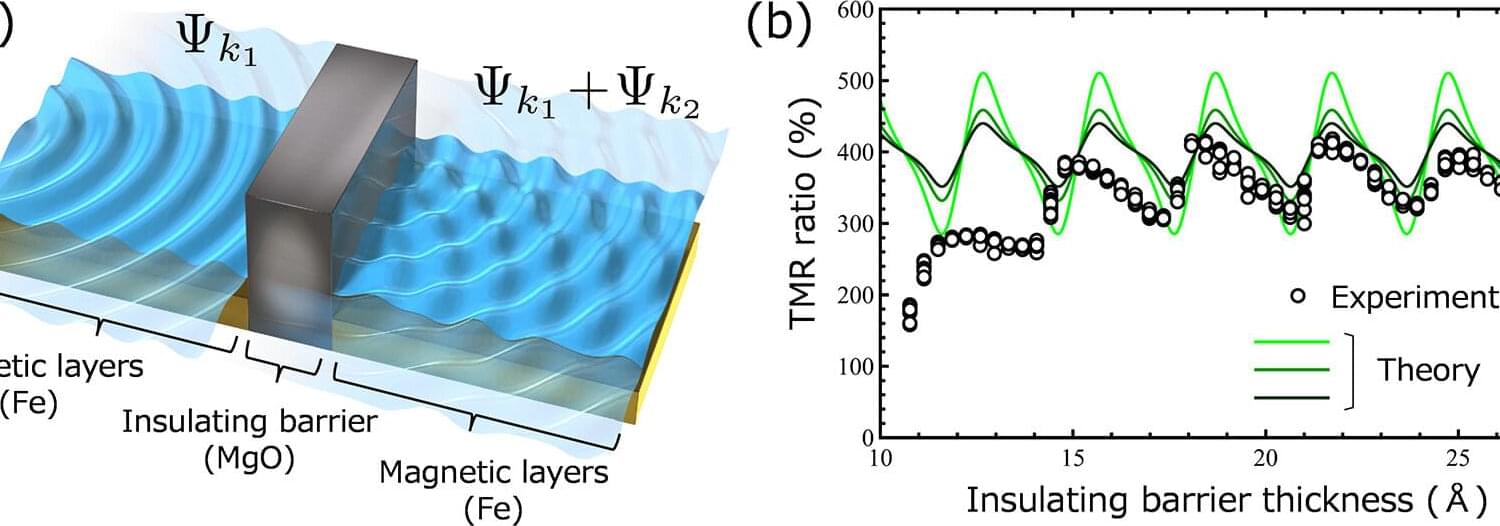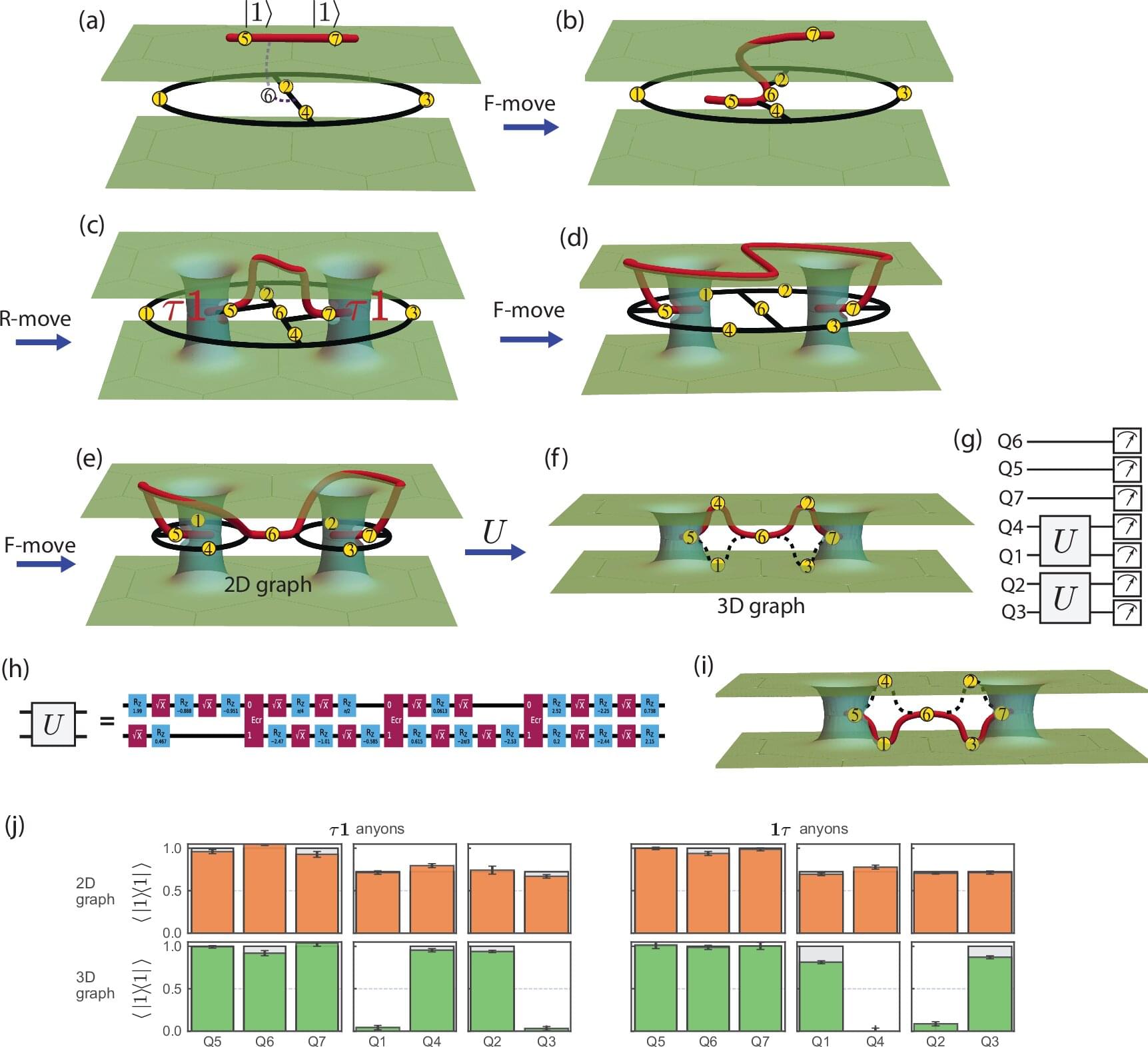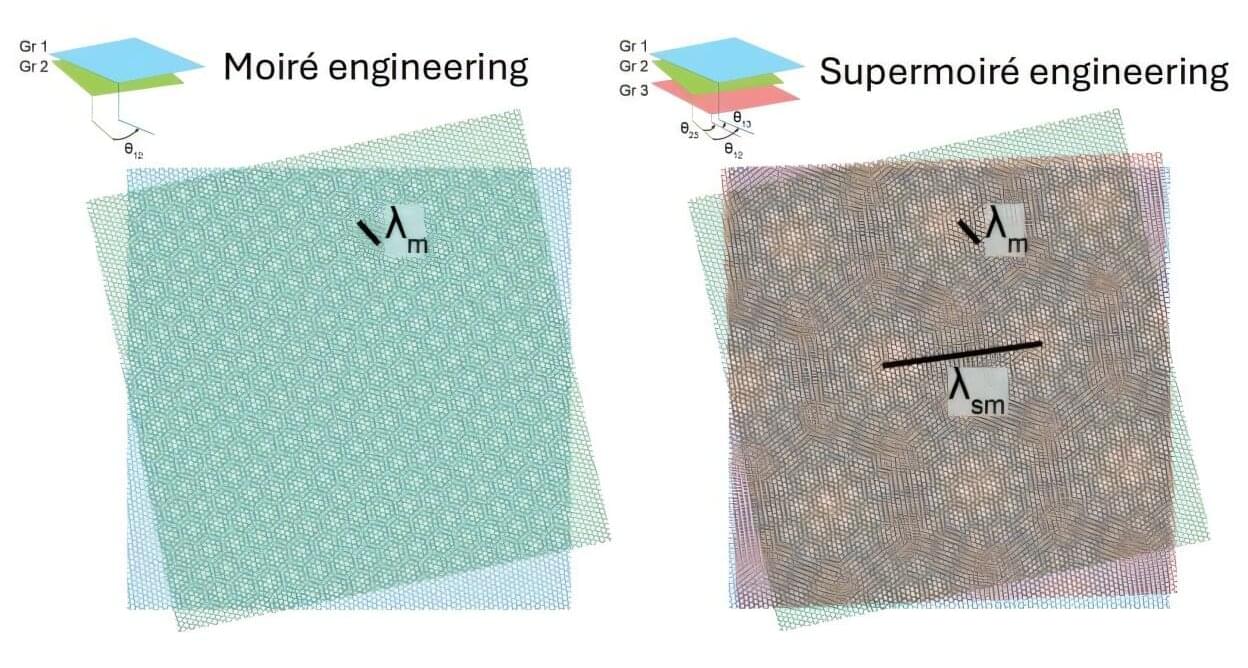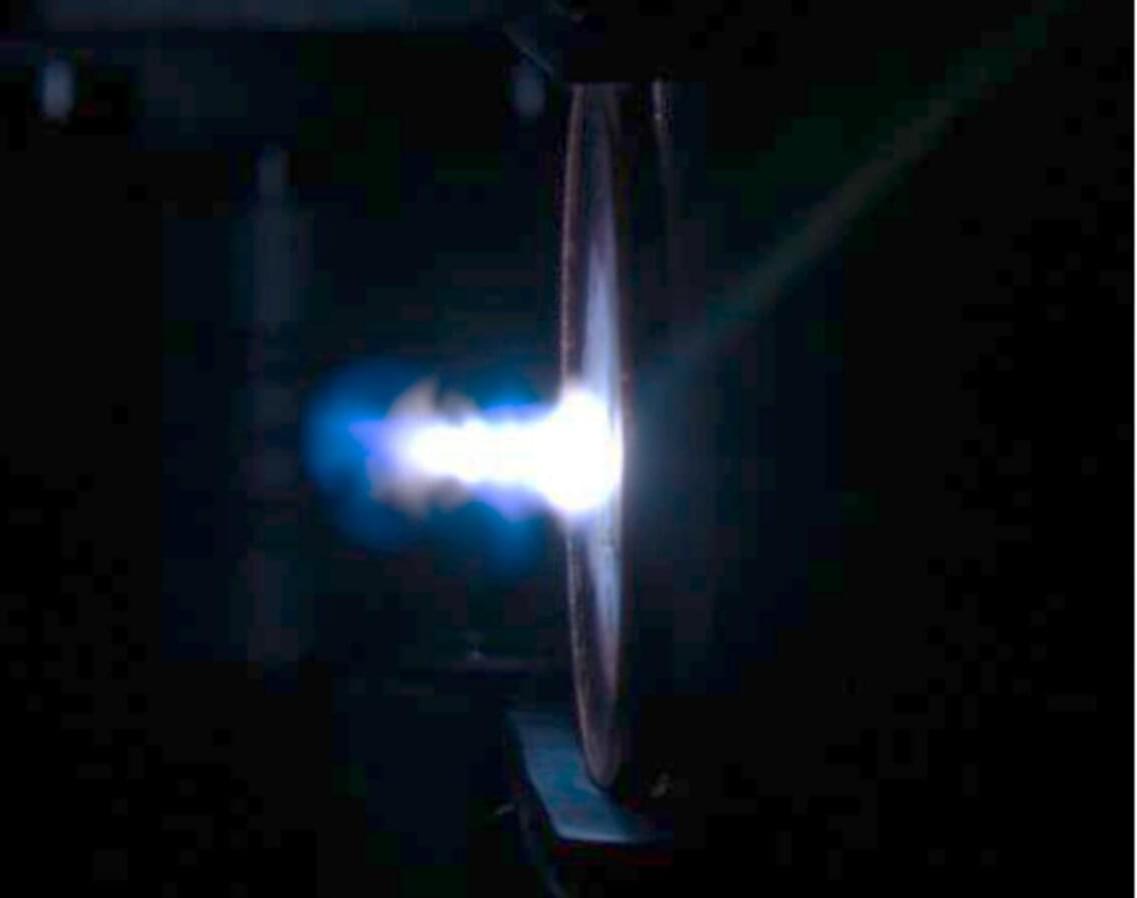Space junk is a huge problem. The surge in satellite launches in recent years is leaving low Earth orbit (LEO) cluttered with debris such as discarded rocket bodies, broken parts and defunct satellites. Beyond the risk of debris colliding with working satellites that are vital for navigation, communication and weather forecasting, large pieces could come crashing back down to Earth.
Space junk may also be a threat to the environment. Old rockets and satellites burn up when they re-enter the atmosphere, leaving a trail of chemicals behind that could damage the ozone layer. The more we launch, the messier LEO gets, and the bigger the problems become.
Space agencies and private companies are looking at ways to clear up the litter we leave behind, but they’re also exploring how to build more sustainable rockets and satellites, using organic polymers instead of metals. In a new study, published in Acta Astronautica, researchers turned to origami, the ancient Japanese art of paper folding, to find a sustainable alternative.
